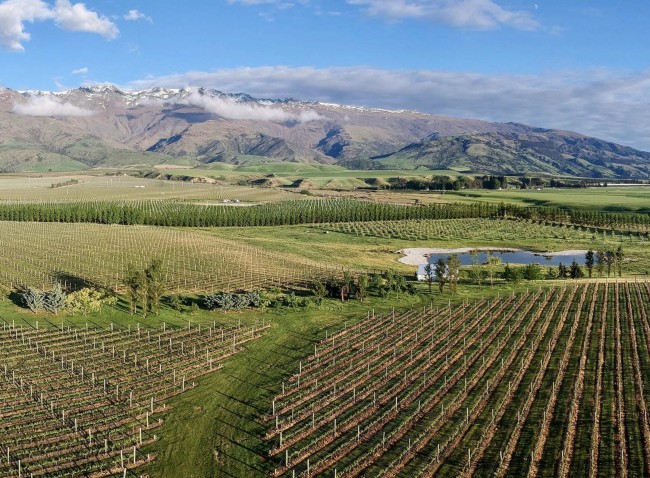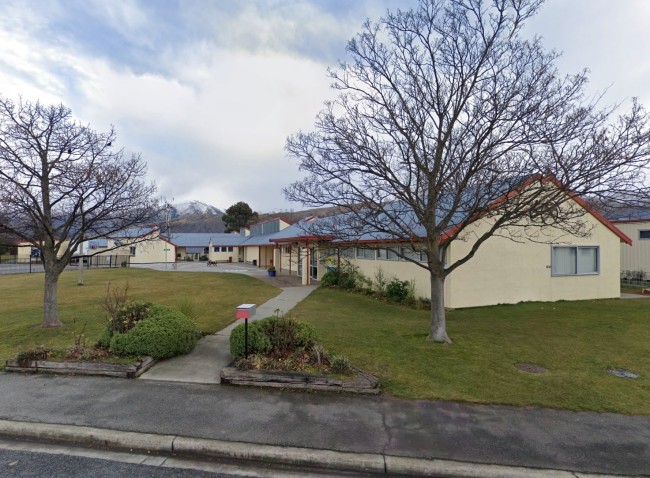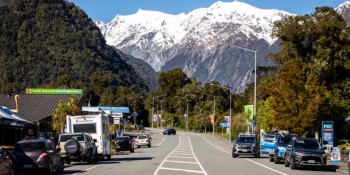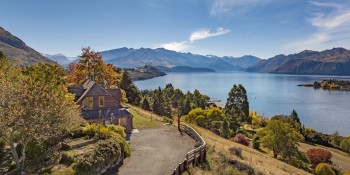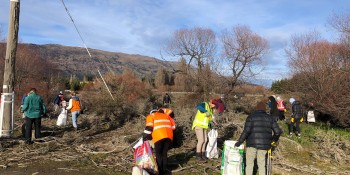Mt Iron, Ben Lomond, Queenstown Hill flagged to close if fire risk peaks
Three popular recreation reserves in Queenstown Lakes will be subject to potential closure this summer in response to an increasingly high risk of wildfire.
In Queenstown, new rules could stop visitors from accessing Ben Lomond and Queenstown Hill reserves if fire danger reaches extreme levels, while over in Wānaka officials will be keeping a watch on Mount Iron.
In a statement, Queenstown Lakes District Council community services general manager Ken Bailey says the three reserves are all subject to a year-round total fire ban, and the new reserve closure protocols have been introduced to offer even further protection.
"Closing the impacted reserves on these days means all appropriate steps are being taken to remove the potential for ignition to occur and reduce the risk to life or property."
He says there have been plenty of recent examples of the "devastating effect" wildfires can have.
“The risk of wildfire having a severe impact on our people, landscapes and economy is real and you only need to look at the news to get an idea of what we could be dealing with. Our role is to take the best possible action to reduce that risk."
Over the peak summer tourist season thousands of people could be visiting these iconic landmarks on any given day, and Mr Bailey acknowledges they are "great places" to enjoy.
“But as hot, dry and windy conditions set in over summer there may be days where elevated fire danger means it's unsafe."
He says there are "clear trigger points" to activate a reserve closure and they have been developed to provide guidance to contractors, staff, leaseholders and the community on how to assess wildfire risk.
It is just one of a number of interventions being taken or considered in response to the threat wildfires pose to council-administered land or, as the case may be, the risk council-administered land may pose to wildfires.
Mr Avery says development of a business case is underway to help the council understand the estimated cost and implementation of any interventions.
"In the meantime, there are some quick wins we can implement prior to and during the upcoming summer season.
“Along with introducing reserve closures, we're in the process of installing an environmental monitoring system to help us monitor the conditions within the Ben Lomond and Mount Iron Reserves, (and) will be introducing new signage and supporting Fire and Emergency NZ to amplify community education on fire safety and risk.”
Mr Avery says any reserve closure will be widely communicated and only if necessary.

Visitor access may be restricted to the summit of Ben Lomond, one of three pubic reserves slated for closure if wildfire risk peaks (Image/Unsplash/Sébastien Goldberg).
A new web page has been set up to include the status of the three reserves and when a closure is put in place the QLDC will immediately notify relevant leaseholders and the wider community via onsite signage, media release, social media, community text alert, the QLDC website and direct communication to groups such as business chambers and regional tourism organisations.
Mr Bailey encourages regular reserve users to sign up for community text alerts and ensure they are following the QLDC Facebook page.
“If you’re planning to head up Ben Lomond, Queenstown Hill or Wānaka’s Mt Iron, make sure you know the status before you go.”
Fire and Emergency New Zealand has already indicated inland Otago is in for a long, dry summer, and the risk of wildfire is already high.
In a statement in recent days urging people to be particularly vigilant this week, Otago district manager Phil Marsh says grass that seems green on top is already drying off underneath and the ground itself is dry in most places.
"Anyone who has turned a spade in their own garden will know exactly how dry the soil is, even after a shower of rain. These are the conditions where a fire can start easily and be very hard to put out."













